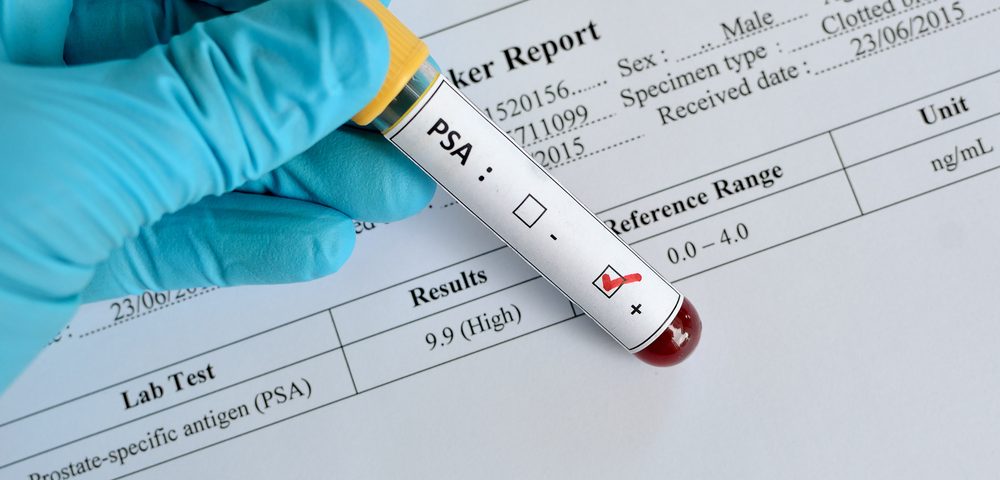The U.S. Preventive Services Task Force (USPSTF) has developed a Draft Recommendation Statement of prostate cancer screening using PSA (prostate-specific antigen), now stating that PSA-based screening is recommended in certain age groups.
This is an upgrade from the latest recommendation, issued in 2012, which advised against all PSA-based prostate cancer screening. According to the USPSTF, the change in recommendations reflects new evidence of the effectiveness of PSA tests to detect cancer.
The grade C recommendation states PSA-based screening provides a small benefit for men ages 55 to 69, and that physicians should inform this group about the potential benefits and harms of PSA-based screening for prostate cancer.
In addition, the statement pointed out that the decision of whether to screen or not should lie with the individual man, after an informed discussion with his physician.
For men age 70 and older, the task force retained the grade D recommendation advising against screening.
Us TOO International, a nonprofit organization that provides education and support to the prostate cancer community, applauded the changes, but pointed to several gaps in the information.
For example, the statement pointed out that African Americans and men who have a family history of advanced prostate cancer are at higher risk for prostate cancer, but did not provide guidance on potential earlier screening in these groups.
“While we’re pleased to see that the USPSTF has acknowledged the value of PSA testing, the recommendation leaves gaps in how to effectively address screening — especially in high-risk populations that also include military veterans exposed to Agent Orange,” Chuck Strand, Us TOO International’s CEO, said in a press release.
“Guidelines are needed to ensure that all men have the opportunity to make an informed decision on whether or not to have a PSA test.”
Us TOO International also questioned the recommendation against screening in men older than 70.
In addition to listing the benefits of screening, the draft statement also underscored why screening can be harmful. Overdiagnosis is mentioned as the main harm. This refers to the diagnosis of cancer that may never cause symptoms or lead to death, and is linked to overtreatment. Such treatment may cause side effects in men that could potentially live a healthy life.
Currently, there is no way of determining if a prostate cancer will become aggressive.
Among physicians, the opinions on the recommendations vary.
“It’s not like doing less screening only cut back on overdiagnosis and overtreatment of low-risk cancer,” Dr. John Davis, a urology researcher at the University of Texas MD Anderson Cancer Center told Lisa Rapaport in a Reuters Health article on the topic. “It also decreased diagnosis of intermediate and high risk potentially lethal disease.”
But Dr. Daniel Merenstein, a family-medicine physician at the Georgetown University School of Medicine, told the Washington Post’s Laurie McGinley that the change might make patients and physicians think that the 2012 recommendation was a mistake on the USPSTFs side. Such thinking may lead to a conclusion “that it’s all right to go back to a lot more screening and aggressive treatment.”
Yet others told McGinley that “the guideline shift reflects the increased use of active surveillance for low-risk prostate cancer.”
The issued recommendations are still in draft form, and the USPSTF welcomes the public’s opinion on the statement.
The draft recommendation statement and the evidence used by the panel are available for review and public comment sections are open until May 8, 2017. Us TOO International encourages everyone affected by prostate cancer to review the document and provide feedback.

